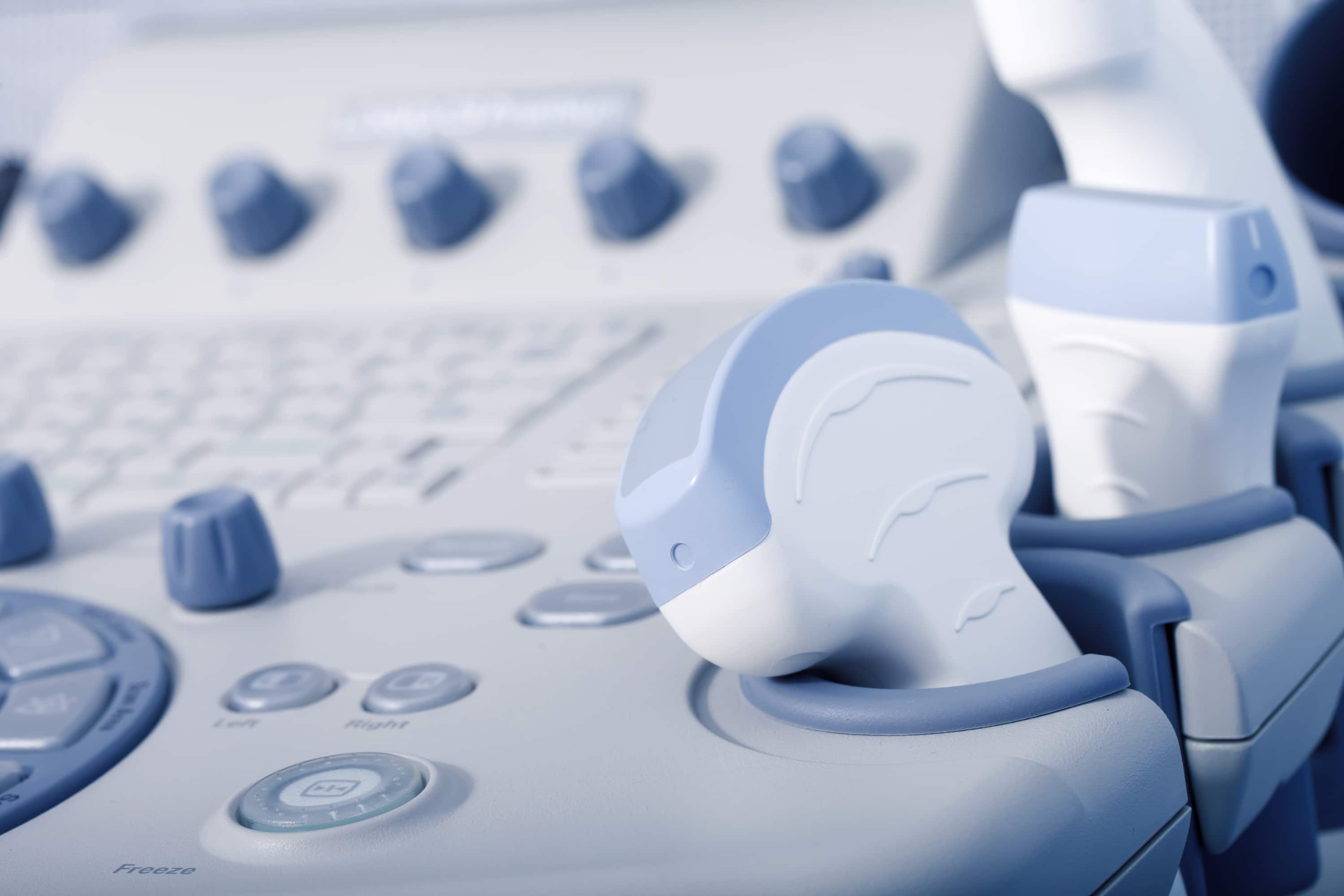
Opioid usage and subsequent abuse has led to a crisis of epidemic proportions in the United States. According to the CDC, 91 Americans die every day as a result of opioid overdose with the total number of overdose deaths quadrupling since 1999. In addition to the morbidity and mortality, the opioid epidemic costs the United States nearly $75B annually, and that number is growing yearly driven by an ever-increasing number of prescriptions from physicians. Considering all the consequences of our national dependency on opioids, physicians need to begin to retake control of how pain is managed in the United States and one of the first places that change can occur is in the location where acute pain is most commonly first managed- the emergency room.
While historically opioids have been the first line in treating pain in the emergency room and for prescription at discharge, advances in technology have now provided physicians an entirely different modality in which to address acute pain- Point of Care Ultrasound nerve blocks (PoCUS). Ultrasound guided nerve blocks were first described in anesthesiology literature in 1978 and as ultrasound technology has matured over the subsequent twenty years the number of clinical applications has multiplied for the ultrasound machine. Ultrasound now serves as both a means for direct intervention as well as a modern extension of the physical exam. With this in mind, PoCUS is a powerful tool that when extended to the emergency room, empowers physicians on the front line of acute pain to have a means to treat pain without having to turn to opioids. Equipped with PoCUS, emergency room physicians are now able to perform targeted nerve blocks for procedures that otherwise would have required high doses of narcotics such as Fentanyl and Morphine to control pain. ER physicians are now able to perform procedures such as shoulder dislocation reduction under ultrasound guided interscalene brachial plexus block, hand laceration repair under axillary nerve block, extremity fracture stabilization with supraclavicular/femoral/sciatic nerve blocks, and even go so far as rib fracture pain management with intercostal nerve blocks. In addition to acute pain secondary to trauma, ER physicians often encounter patients experiencing acute pain exacerbations secondary to chronic pain. These medically complex patients have traditionally been given prescriptions for opioids and discharged to the care of their pain physicians, but now thanks to nerve block interventions made possible by PoCUS, patients with acute on chronic pain can now be stabilized with minimal to no opioid until they are able to see their pain physician the following day.
All the applications allow not only for superior pain control when compared to opioids, but also limit their usage in the acute phase of pain, usage in a patient’s hospital stay, and heavily reduce the need for ER physician opioid prescriptions. Physicians who utilize PoCUS can take pride in knowing that they are not only treating their patients more effectively, but also doing their part in fighting the national opioid epidemic.

